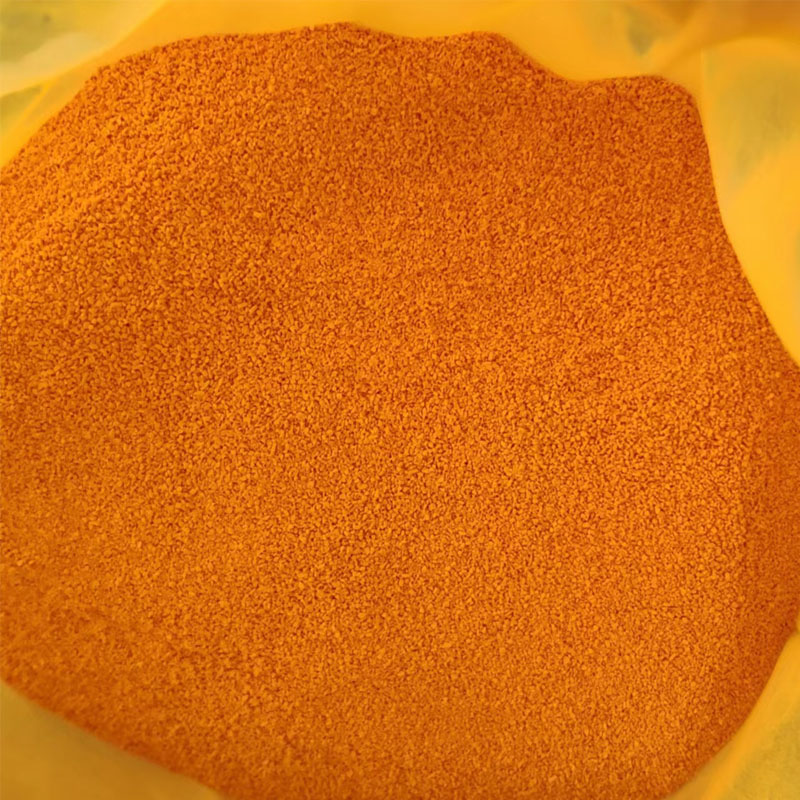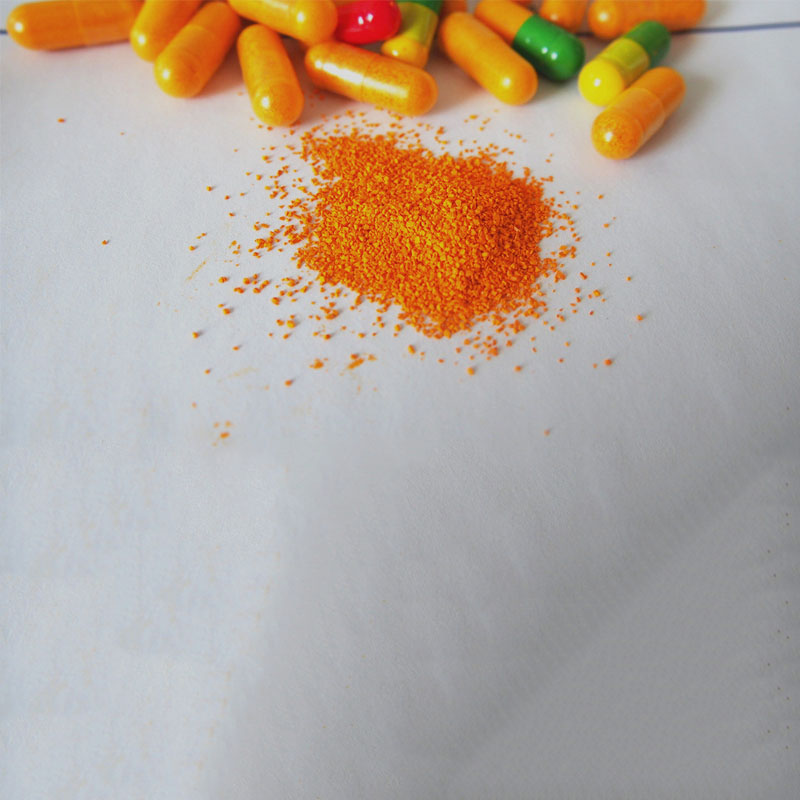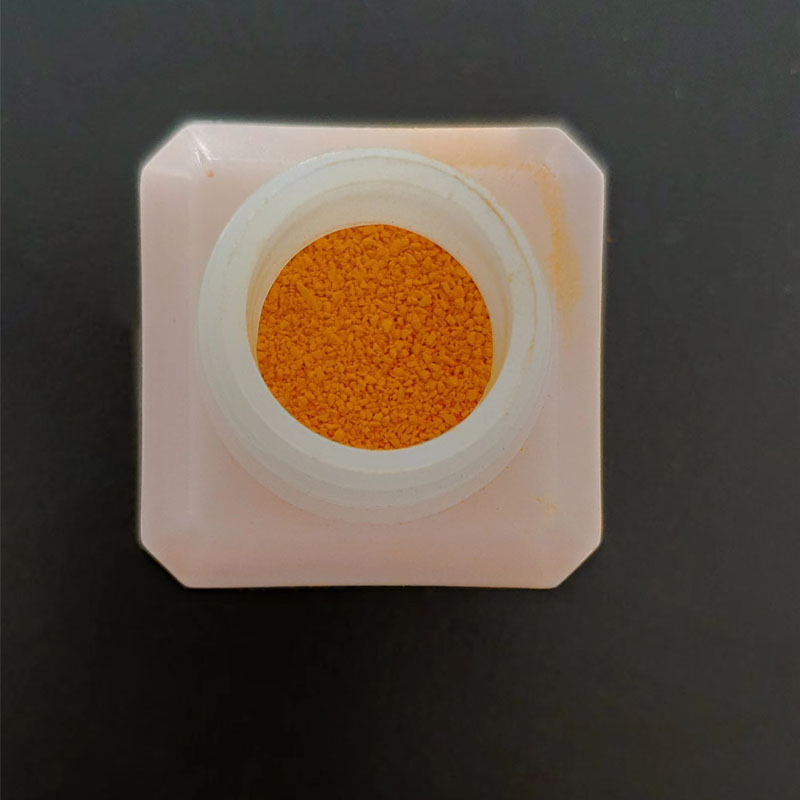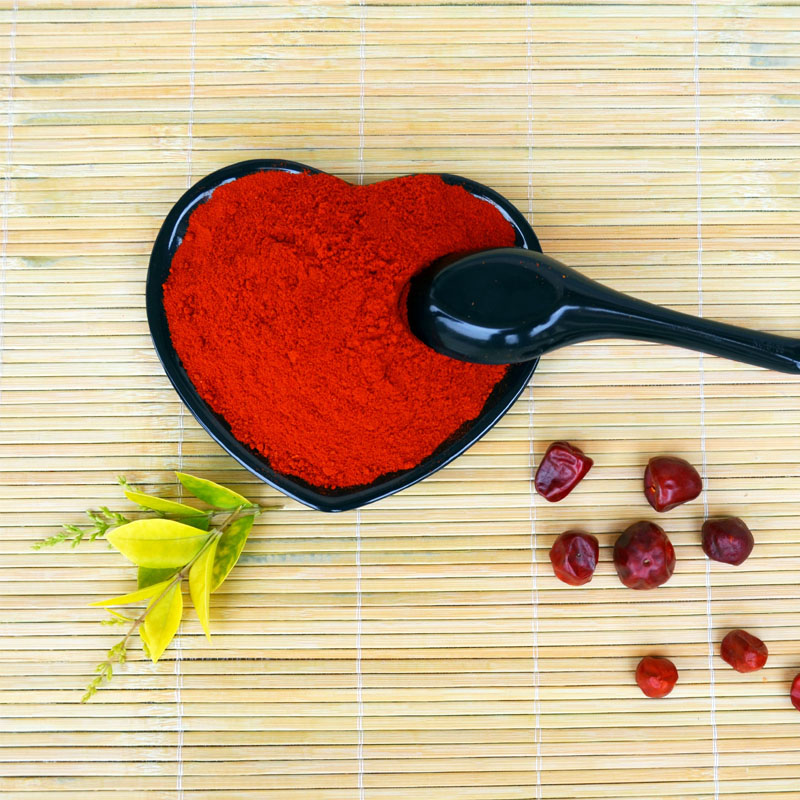Kenyelletso ea Sehlahisoa
Chemically, curcumin is a diarylheptanoid, belonging to the group of curcuminoids, which are phenolic pigments responsible for the yellow color of turmeric.
Laboratory and clinical research have not confirmed any medical use for curcumin. It is difficult to study because it is both unstable and poorly bioavailable. It is unlikely to produce useful leads for drug development.
Laboratory and clinical research have not confirmed any medical use for curcumin. It is difficult to study because it is both unstable and poorly bioavailable. It is unlikely to produce useful leads for drug development.

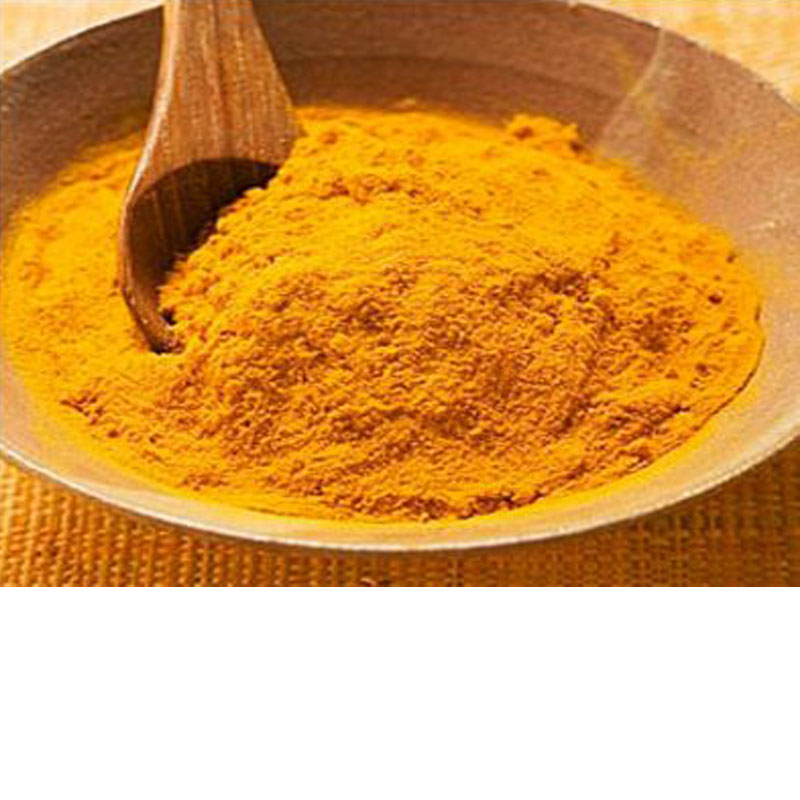
The most common applications are as an ingredient in dietary supplement, in cosmetics, as flavoring for foods, such as turmeric-flavored beverages in South and Southeast Asia, and as coloring for foods, such as curry powders, mustards, butters, cheeses. As a food additive for orange-yellow coloring in prepared foods, its E number is E 100 in the European Union. It is also approved by the U.S. FDA to be used as a food coloring in US.
E tsebahalang haholo ke 95% curucmin e tsebahalang e le motsoako o ka sehloohong oa lihlahisoa tsa phepo ea curcumin, E pakiloeng ka lebokoseng la 25kg le mokotla o ka hare oa PE o tiisitsoeng.
Sehlahisoa sa rona sa turmeric se nang le ZERO additive se se se chesa ho rekisoa Amerika, Afrika Leboea, Europe le joalo-joalo Litifikeiti tsa ISO, HACCP, HALAL le KOSHER li fumaneha.
Ngola molaetsa wa hao mona mme o re romele wona
